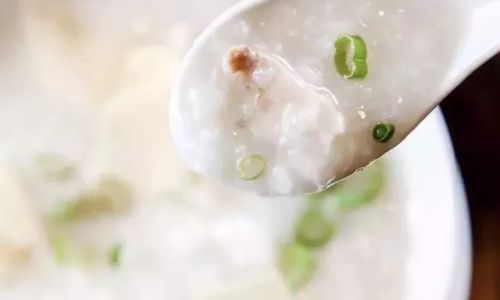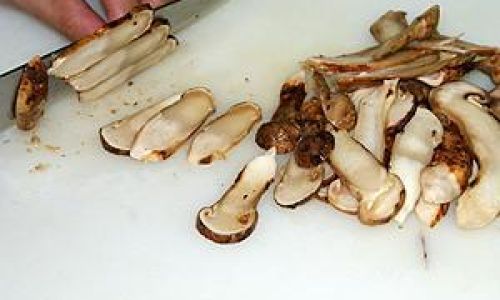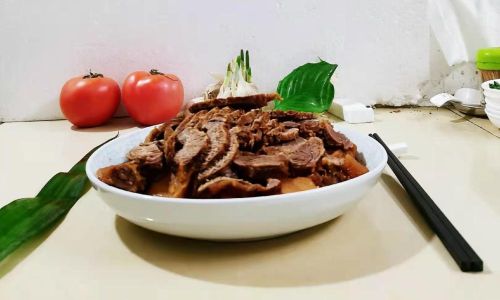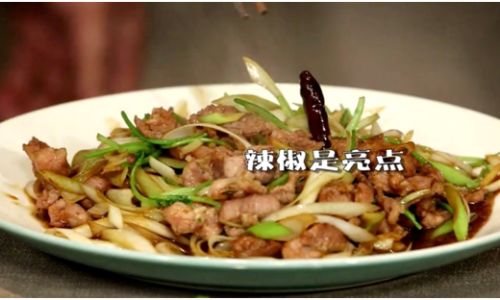Introduction
In the vast culinary landscape of China, Cantonese cuisine stands out as a beacon of flavor, texture, and tradition. Renowned for its delicate balance of sweet, savory, and aromatic notes, Cantonese dishes have captivated the palates of millions worldwide. Among the myriad of culinary delights, one humble yet profoundly satisfying dish stands out: Cantonese porridge, or “congee” as it is known in some circles. This article embarks on a culinary journey to explore and master the art of making Cantonese porridge, drawing from the rich traditions and techniques handed down through generations of Guangdong (Canton) natives.

The Essence of Cantonese Porridge
Cantonese porridge is more than just a meal; it is a testament to the region’s culinary philosophy. Unlike the thick, creamy porridges of Western cultures, Cantonese porridge is characterized by its light, silky texture and subtle, harmonious flavors. It serves as a blank canvas upon which a myriad of ingredients can be layered, creating dishes that are both nourishing and delightful.
The foundation of any great Cantonese porridge lies in the rice and the cooking liquid. While many varieties of rice can be used, short-grain or medium-grain rice is preferred due to its ability to produce a creamy, cohesive texture when cooked. The cooking liquid, typically water or a combination of water and broth, plays a crucial role in flavor development. Chicken broth, pork broth, or even fish broth can be used, each contributing its unique flavor profile to the final dish.
The Art of Rice Selection and Preparation
Mastering Cantonese porridge begins with selecting the right rice. Short-grain and medium-grain varieties, such as japonica or glutinous rice, are ideal because they contain more starch, which helps create the porridge’s signature creamy texture. Long-grain rice, commonly used in pilafs and fried rice dishes, is less suitable as it tends to remain separate and firm after cooking.
Once the rice is selected, proper preparation is key. Rinse the rice thoroughly under cold running water to remove any excess starch and impurities. This step is crucial as it prevents the porridge from becoming overly thick or gluey. After rinsing, soak the rice in cold water for about 30 minutes. Soaking helps the grains absorb moisture evenly, ensuring they cook more uniformly and develop a creamier texture.
The Cooking Process: A Step-by-Step Guide
-
Boiling the Water/Broth:
Begin by bringing a large pot of water or broth to a rolling boil. The ratio of liquid to rice can vary depending on personal preference, but a general guideline is to use about 6-8 cups of liquid per cup of rice. For a richer flavor, consider using a homemade chicken or pork broth infused with ginger, scallions, and other aromatics. -
Adding the Rice:
Once the liquid is boiling, add the soaked and drained rice. Stir immediately to prevent the grains from sticking together or to the bottom of the pot. Lower the heat to a gentle simmer and cover the pot with a tight-fitting lid. -
Simmering and Stirring:
The magic of Cantonese porridge lies in its slow, gentle cooking process. Allow the porridge to simmer undisturbed for the first 15-20 minutes. This allows the rice to release its starches, creating a creamy base. After this initial period, gently stir the porridge every few minutes to prevent sticking and to ensure even cooking. -
Adjusting Consistency and Flavor:
As the porridge cooks, its consistency will thicken. If a thinner porridge is desired, simply add more boiling water or broth a little at a time and stir well. Conversely, if the porridge becomes too thin, continue to simmer uncovered until it reaches the desired consistency. Season lightly with salt and white pepper to taste. Remember, Cantonese porridge is meant to be subtly flavored, allowing the natural sweetness of the rice and the richness of the broth to shine. -
Adding Ingredients:
Cantonese porridge is highly adaptable, allowing for a wide range of ingredients to be added.从传统到现代, 从简单到复杂, 配料的选择几乎无穷无尽. For a classic Cantonese touch, consider adding shredded chicken, pork tenderloin, or shrimp. Vegetarian options include mushrooms, bamboo shoots, and tofu. Aromatics like ginger, scallions, and cilantro can be added at the end for a burst of fresh flavor.
-
Finishing Touches:
Once the porridge has reached the desired consistency and the ingredients are cooked through, remove the pot from heat. Allow it to sit covered for a few minutes to let the flavors meld together. Serve hot, garnished with chopped scallions, cilantro, or a drizzle of sesame oil for added depth.
Advanced Techniques and Variations
Beyond the basics, Cantonese porridge offers a world of possibilities for the adventurous cook. Here are a few advanced techniques and variations to elevate your porridge-making skills:
-
Rice Cooking Techniques: Experiment with different rice cooking methods, such as pressure cooking or using a rice cooker set to the “porridge” setting. These methods can yield consistently creamy results with minimal stirring.
-
Using Stock: Invest in high-quality homemade or store-bought stocks for a richer, more flavorful base. Chicken, pork, and fish stocks each bring their unique characteristics to the porridge.
-
Adding Aromatics and Spices: Incorporate traditional Cantonese spices and aromatics like Sichuan peppercorns, star anise, and cinnamon sticks for a complex, layered flavor profile. Remember to remove these spices before serving as they can become overpowering.
-
Creative Toppings: Think beyond the classics. Top your porridge with fried shallots, pickled vegetables, or even a drizzle of chili oil for a burst of flavor and texture.
-
Healthy Variations: For a healthier twist, use low-sodium broth, whole grains like brown rice or quinoa, and lean proteins like turkey or shrimp.
Conclusion
Mastering Cantonese porridge is a journey that rewards patience, attention to detail, and a love for culinary tradition. This humble dish embodies the essence of Cantonese cuisine: a delicate balance of flavors, textures, and aromas that come together in harmony. By following the steps outlined in this guide and embracing the spirit of experimentation, you can create porridges that are not only nourishing but also deeply satisfying.
As you delve deeper into the world of Cantonese porridge-making, remember that the true art lies in the simplicity and purity of the ingredients. Let the natural sweetness of the rice and the richness of the broth guide you, and allow your creativity to flourish with each new batch. Happy cooking, and may your porridge journey be as rewarding as the dish itself.






0 comments